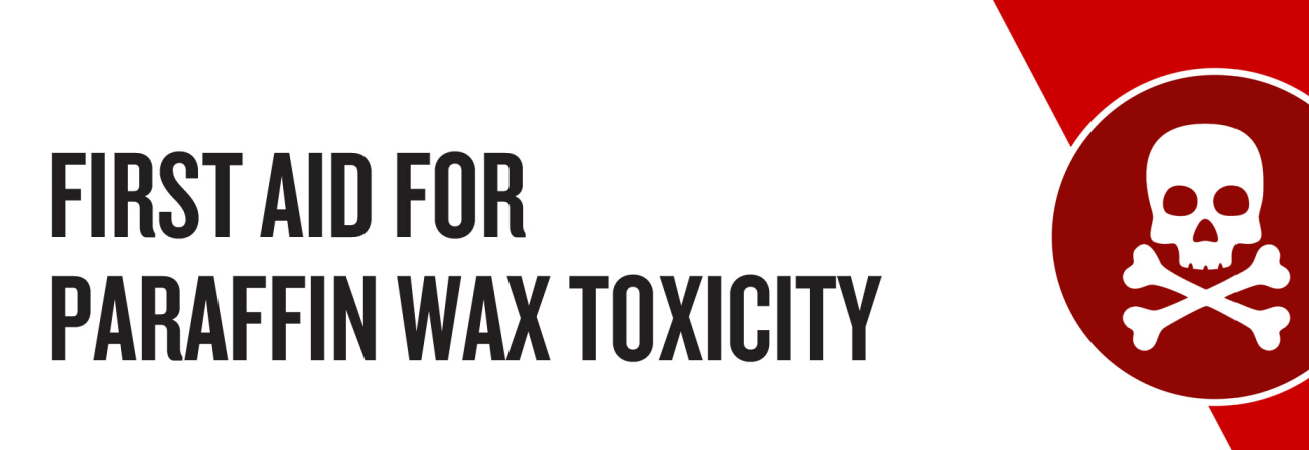
Paraffin Wax Poisoning
What is Paraffin Wax Poisoning?
Paraffin wax is obtained from petroleum (specifically from lubricating oil) and is a colorless-to-white waxy substance. It has no smell of taste and is used in making candles, crayons, waterproofing paper, certain preservatives, and finds usage in spa baths for arthritis.
Paraffin Wax Poisoning is the accidental or intentional intake (consumption) of paraffin wax. The condition is diagnosed based upon the clinical history, combination of signs and symptoms, and additional tests (that may include, in some cases, radiological studies and laboratory tests).
Paraffin Wax Poisoning may be also referred to as Paraffin Wax Toxicity.
What are the Causes of Paraffin Wax Poisoning?
Paraffin Wax Poisoning is caused by eating or swallowing paraffin wax products (such as candles or crayons). This intake could be accidental, or in some cases intentional, to bring self-harm. Generally, paraffin wax is a non-toxic substance; however, certain compounds and synthetic chemicals/colors added to paraffin wax products may be toxic
Note: The compound can interact with other prescribed or non-prescribed medications in the body. Such interactions may enhance the therapeutic effects of other medications being taken, resulting in undesired side effects.
What are the Signs and Symptoms of Paraffin Wax Poisoning?
The signs and symptoms of Paraffin Wax Poisoning can vary from one individual to another. It may be mild in some and severe in others. The signs and symptoms may include:
- Nausea and vomiting
- Stomach and abdominal pain
- Obstruction of the bowel, if significant quantities are consumed
- Constipation
- Severe allergic reaction due to other chemicals present in the ingested substance
How is First Aid administered for Paraffin Wax Poisoning?
- Call your local emergency help number, for emergency assistance
- Call your local poison control center for further instructions
- Provide them with information such as the compound taken, quantity and time of ingestion, age, weight and general health status of affected individual
- Confirm that the airways are protected; also, ensure breathing and the presence of pulse
- Clean the mouth to remove any remaining pieces; wipe mouth with a wet cloth
- Unless instructed by a healthcare professional, DO NOT induce vomiting in the affected individual
- Take individual to emergency room (ER) for further treatment
- Always try to take the substance to the ER
Generally, Paraffin Wax Poisoning is a non-serious condition. With appropriate and adequate home care, the individual may recover completely, without any severe symptoms being noted.

